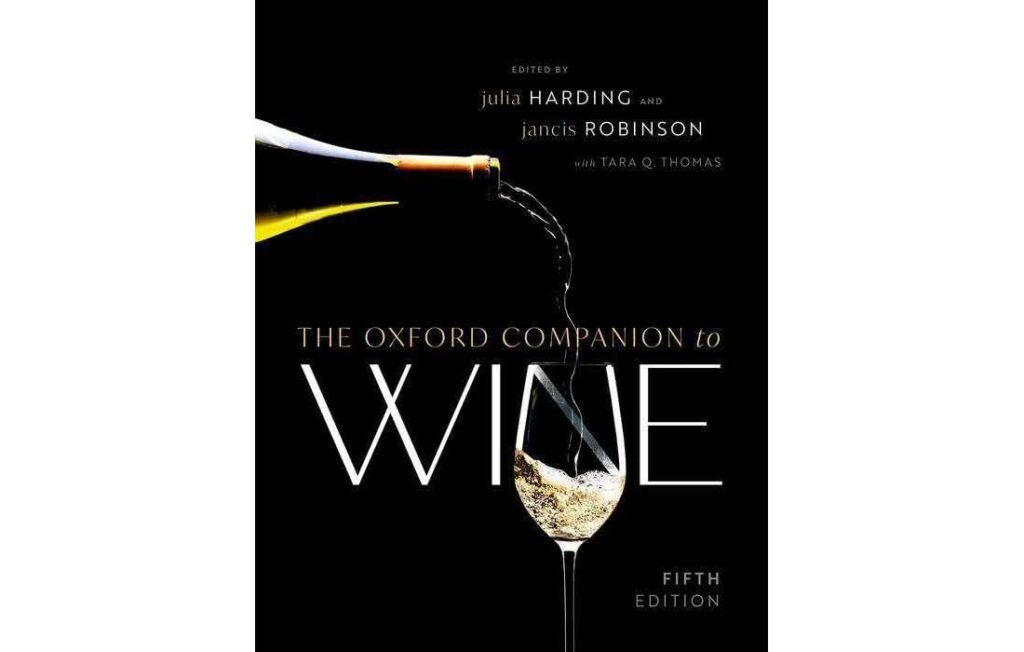
The Oxford Companion to Wine has long been revered in the world of wine books and its fifth edition serves to solidify this reputation. This latest edition features more than 4,100 entries, providing comprehensive coverage of the subject. With the inclusion of more than 300 brand-new entries, readers are treated to fresh insights and information.
The breadth and depth of the content are further enriched by the expertise of over one hundred new contributors. Their diverse backgrounds span a myriad of fields, from viticulture and oenology to the more esoteric realms of culture, religion, and history. This ensures that the book is not just a technical manual but a comprehensive reference that touches upon the myriad ways in which wine intersects with our lives. The cross-references are particularly noteworthy, seamlessly guiding the reader from one entry to another, illustrating the intricate web of connections that wine has with various topics.
Physically, the book is a behemoth, both in size and weight, revealing the wealth of knowledge it contains. With over a million words, it’s not your typical Dorling Kindersley-type book. Readers shouldn’t expect to read through it from cover to cover. Its design, predominantly textual and rendered in a red and black monochromatic palette, is a clear indication of its primary function as a reference guide. However, this doesn’t mean it’s solely for targeted searches. The curious can easily dip into it at random, gleaning fascinating new information about the world of wine.
The Oxford Companion to Wine is an indispensable asset for anyone with an interest in wine. Whether you’re a seasoned oenophile or a casual enthusiast, this book promises to be a valuable addition to your collection.













